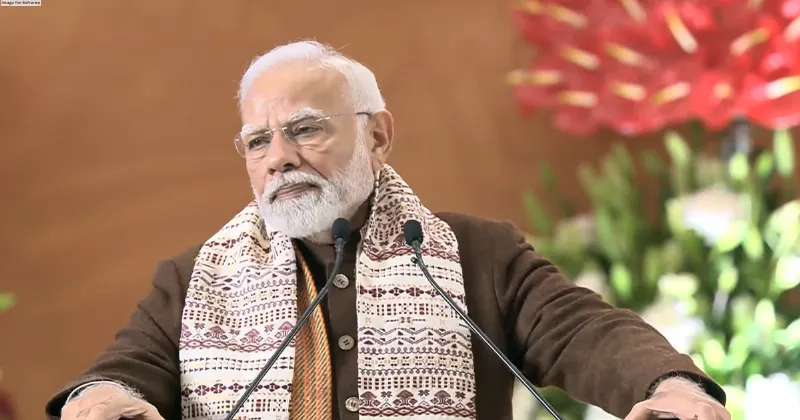Latest News
TIMBER VENUES, RIVER SWIMMING AND RE-USE

As Paris prepare hosts the Olympic and Paralympic Games, the sustainability of the event is coming under scrutiny.
The organisers have promoted Paris 2024 as the greenest Olympics ever, aiming to halve the carbon emissions of previous Olympics. They have drastically cut back on building new stadiums and venues, and have relied heavily on wood as a building material for new infrastructure and used low-carbon concrete. This approach has another benefit: it’s cheaper.
But hosting the world’s biggest sporting event, with thousands of athletes and millions of spectators, will still come at an environmental cost. This has led to calls for a radical rethink of the Olympic Games, including for it to be scaled back. But longer term, Paris 2024’s sustainability efforts may create a lasting legacy for the city – and for future games.
THE GREENEST GAMES?
The vision for Paris 2024 is simple: “do more with less, do better and leave a useful legacy”. These Games will be the first to align with the sustainability-focused New Norm plan outlined by the International Olympics Committee.
Hosting the Olympics is a huge undertaking. Previous Olympics have seen host cities spend billions on new stadiums and competition venues. But once the competition is over, many of these expensive buildings are little used – or even abandoned.
It’s also carbon intensive. Paris organisers intend to halve the emissions of London 2012 and Rio 2016, but even so, these games will add an estimated two million tonnes of carbon dioxide to the atmosphere – the same as the annual emissions of a small country like Malta or the Bahamas. Paris won’t have the lowest emissions of recent Olympics – the COVID-affected, spectator-free Tokyo 2020 Games takes that title.
HOW ARE THESE GAMES GREENER?
To make the Paris Games greener than they have been, organisers have come at the challenge from many directions. First, authorities are using what they already have. Fully 95% of all Olympic infrastructure was already there. Temporary stadiums have been built near famous landmarks, to make use of the spectacular setting. But only one permanent venue has been built – the aquatics centre, built largely from carbon-storing timber, covered in solar panels and with an advanced water recycling system. After the games, it will become a community venue.
Athletes will certainly notice the focus on sustainability. The athletes’ village – which will be repurposed afterwards as social housing – has no built-in air conditioning. Instead, it was meant to rely on natural breezes and a geo-thermal cooling system. This move proved controversial, and many teams – including Australia’s – began planning to bring portable aircon to ensure athletes can sleep well during the summer nights. Organisers have changed course, and have moved to install 2,500 portable units.
Athletes and spectators will notice a change in their food. Over 60% of meal options will be vegetarian, helping to lower the carbon footprint. The Olympic venues will be powered exclusively by renewable energy. This is a big change. Previous games have powered their venues with noisy generators, to ensure there are no power outages.
ARE THE OLYMPICS COMPATIBLE WITH A GREENER FUTURE?
Allegations of “greenwashing” have been levelled at some of the overhyped credentials of the Paris Games. And more generally, critics have argued the Olympics in their current form are not compatible with a greener future. Some want the Olympics to adopt a decentralised model sharing hosting over multiple countries.
The World Cup will use this model in 2030, but still faces mounting criticism of the transport emissions necessary as teams and spectators traverse three continents. Others have argued the games should be rotated on a roster of just three or four cities, which already have the appropriate infrastructure. For their part, the International Olympic Committee has pointed to the power of the games to bring the world together in fractious times.
SOURCE: THE CONVERSATION






















